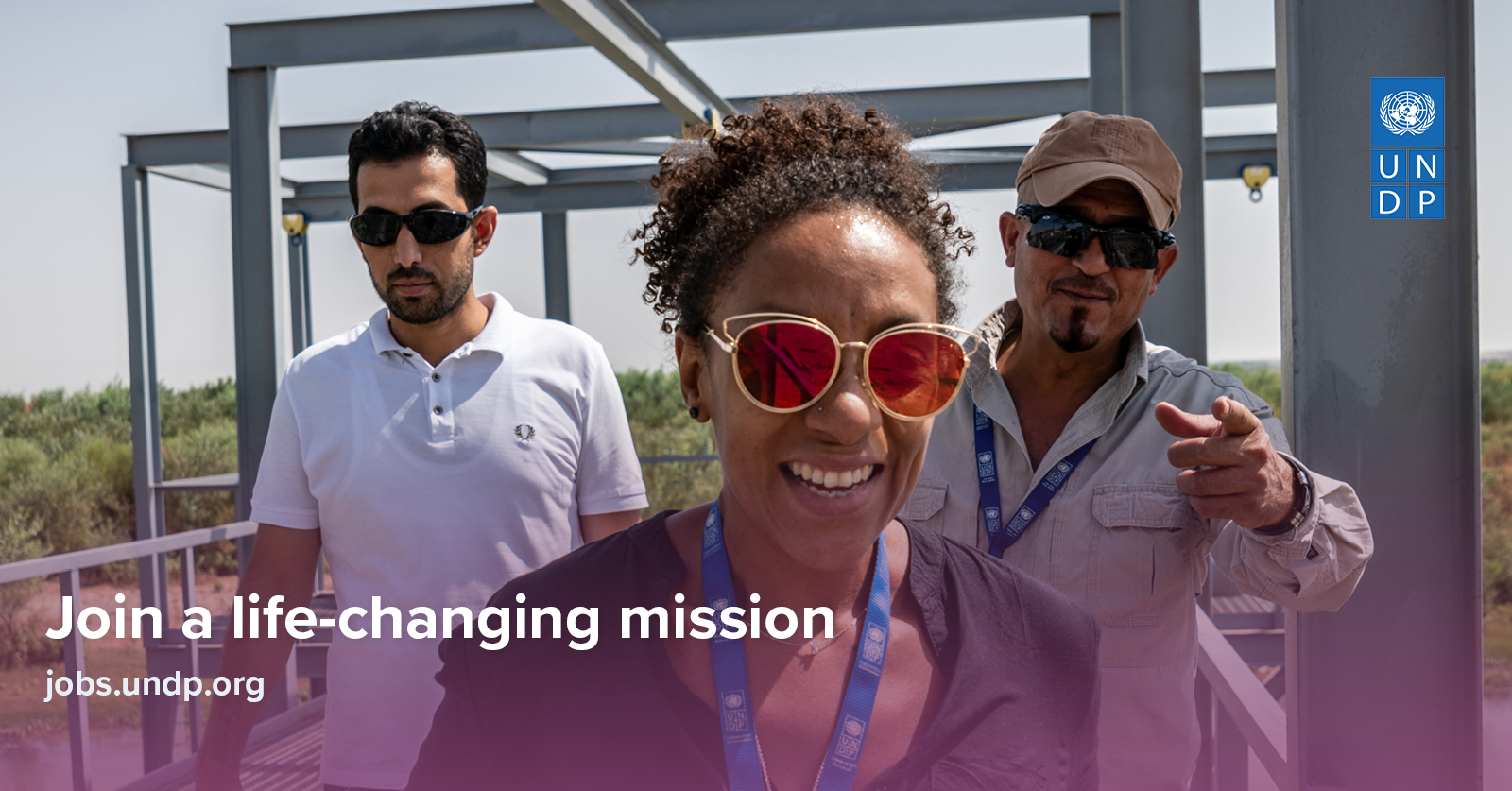
Projects title:
Strengthening Marine Protected Areas in Southeast China to Conserve Globally Significant Coastal Biodiversity (China-Protected Areas System Reform – C-PAR 4)
1.Background
This project aims to conserve globally significant coastal biodiversity in south-east (SE) China through integrated seascape planning and threat management, MPA network expansion and strengthened MPA operations. The project focuses on coastal ecosystems, using the Chinese white dolphin (CWD) as an indicator and flagship species to engage multiple stakeholders in novel ecosystem-based approaches. The target area for the project is three provinces in south-east China: Fujian, Guangdong and Guangxi.
The project objective is to conserve globally significant coastal biodiversity in SE China through integrated seascape planning and threat management, MPA network expansion and strengthened MPA operations. Three components are designed to achieve this object:
Component 1: Strengthened MPA legal framework and mainstreaming and expansion of MPA network. This will expand the area and improve the connectivity of MPAs protecting globally significant biodiversity, as well as piloting innovative mechanisms to mainstream biodiversity conservation into marine spatial planning, and improving MPA regulations and financing.
Component 2: Demonstrations of improved MPA and ESA (Ecologically Sensitive Area) management. This will strengthen the management effectiveness of MPAs in the project’s three pilot areas, build the capacity of MPA staff, enhance the participation of communities, and reduce locally specific threats in MPAs and across wider seascapes through participatory action and enforcement and improved awareness.
Component 3: Monitoring, evaluation and sharing of knowledge and information on coastal habitats and species. This will establish a functioning MPA Network linking MPAs across SE China, including a GIS-based information platform for knowledge and information sharing, enhance the coordination of research and monitoring for globally significant biodiversity, and ensure that the project is implemented effectively and knowledge and lessons learned are widely shared with project stakeholders, including the wider public in coastal SE China and nationally through the GEF-financed, C-PAR Program, of which this project is a part.
As the only C-PAR child project focusing on coastal and marine ecosystems, this project offers particular opportunities for replication and learning both across the marine environment, linking marine and terrestrial approaches, and between MPAs and terrestrial PAs.
This project has recently concluded its Midterm Review, in which it achieved an overall Satisfactory rating.
2. Social and Environmental Safeguards:
UNDP’s Social and Environmental Standards (SES) underpin our commitment to mainstream social and environmental sustainability in our Programmes and Projects to support sustainable development. The objectives of the standards are to:
- Strengthen the social and environmental outcomes of Programmes and Projects;
- Avoid adverse impacts to people and the environment;
- Minimize, mitigate, and manage adverse impacts where avoidance is not possible;
- Strengthen UNDP and partner capacities for managing social and environmental risks;
- Ensure full and effective stakeholder engagement, including through a mechanism to respond to complaints from project-affected people.
A key mechanism to ensure these standards are applied is through UNDP’s project-level Social and Environmental Screening Procedure (SESP) which is a requirement for all proposed projects. The objectives of the SESP are to: (a) Integrate the SES Overarching Principles (human rights, gender equality and environmental sustainability); (b) Identify potential social and environmental risks and their significance; (c) Determine the Project’s risk category (Low, Moderate, High); and (d) Determine the level of social and environmental assessment and management required to address potential risks and impacts.
UNDP’s SES and SESP came into effect January 1, 2021. All guidance on UNDPs Social and Environmental Safeguards can be found in the SES Toolkit.





